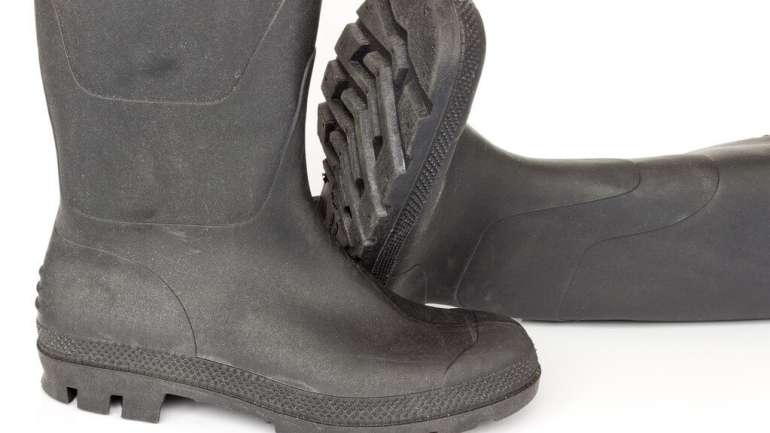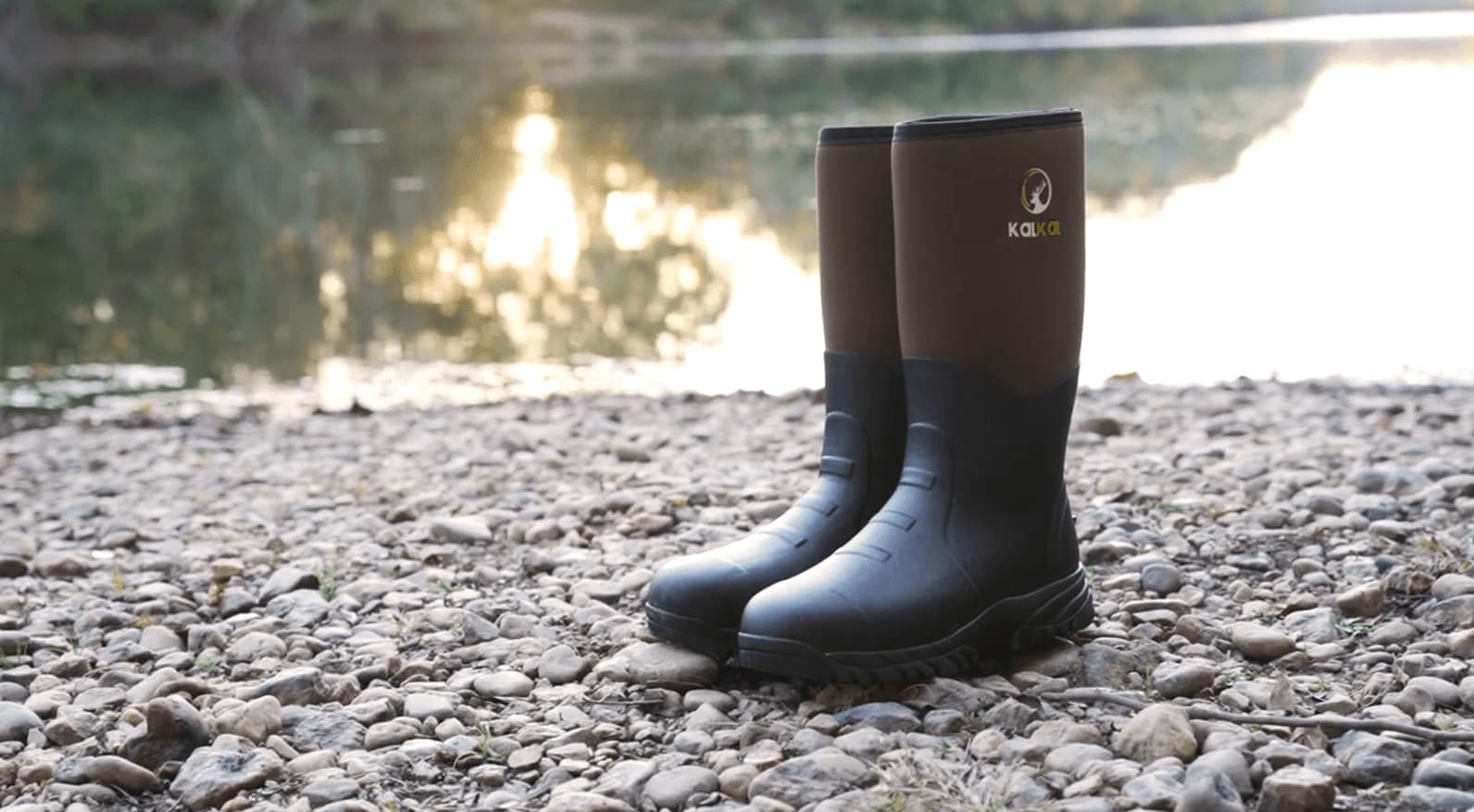Rubber blooming is an inconvenient phenomenon that affects many people who use rubber products, especially rubber boots. If you have found a hazy or white film on the surface of your rubber boots, rest assured that you are not alone in experiencing this issue.
This article will explain the fundamentals of rubber blooming, including its definition, causes, process, and practical strategies to remove them from recurring on your boots.
By continuing reading, you will gain a deeper understanding of this problem and learn effective methods for resolving it.
What Is Rubber Blooming?

Rubber blooming is a common phenomenon where rubber surfaces develop things like powdery substance or white film over time during the cooling process after vulcanization.
This occurrence is caused by recrystallized rubber compounds that migrate to the surface of the rubber.
There are three forms of rubber bloom:
- Powder Bloom: Precipitation of powdery additives like vulcanization agents, accelerators, active agents, antioxidants, fillers, and other powders onto the rubber surface creates a thin layer.
- Wax Bloom: Deposition of waxes like paraffin wax or ground wax onto the rubber surface results in the formation of a waxy film.
- Oil Bloom: Liquid compatibilizers like softeners, tackifiers, lubricants, and plasticizers migrate to the rubber surface and form an oil-based coating, sometimes it can even serve as an intentional protective layer.
In some cases, these forms may occur simultaneously, resulting in a combination of powder, wax, and oil blooming on the rubber surface.
Despite its appearance, rubber bloom may not actually affect the functionality of the rubber products, but you still need to take care of it to make sure your boots remain the best performance and last as long as they can.
Rubber Blooming Process
The process of rubber blooming initially starts with the manufacturing of the rubber product. During the making process, special chemicals are added inside the rubber to make it stronger and last longer.
These extra chemicals can move around inside the rubber over time, especially if it gets hot or exposed to sunlight.
Eventually, these chemicals gather at the surface of the rubber and create a foggy layer that makes it look like the rubber has grown. That’s why some rubbers might have a puffy or bubble-like appearance.
Rubber Blooming Causes
Rubber blooming happens when there are things inside the rubber that move towards the outside.
The main cause is the additive chemicals in rubber materials. These additives are meant to make the rubber boots last longer. But these additives can move towards the surface of the rubber over time, causing it to bloom.
These are some of the reasons for blooming rubber, from the manufacturing process to improper storage.
Wrong Formulation Design
During the manufacturing process, compounding agents will be added into rubber materials to enhance its features.
The amount of these additives needed to be appropriately determined. If the formulation design is wrong, it can result in some of the agents not getting dissolved in the rubber and then forming a layer on the surface that looks like frost.
Incorrect Process Operations
When producing rubber, it’s important to accurately measure the amounts of compounding agents used. Also, rubber needs to undergo a process called vulcanization, but if the timing or temperature isn’t right, it can lead to frost-like deposits on the surface. This is the so-called “Rubber Blooming.”
Bad Storage Conditions
When you store rubber boots for a long time by stacking them up, storing them in warm environments without proper ventilation can also make the rubber frost.
Rubber Aging
As rubber ages, its structure deteriorates, making it easier to bloom. Heat and sunlight can also speed up this process by making the additives move faster, especially when exposed to hot weather or direct sunlight for a longer time.
How To Clean Blooming Rubber Boots?
If your rubber boots have developed slightly blooming on the surface, don’t fret! You can easily clean it off with the following simple methods:
- First, simply wipe off any visible grime from the boots with a moist, spotless cloth.
- Next, mix some gentle cleanser (like dish soap) with warm water, then use a soft brush or sponge to gently scrub away the stains.
- Then, rinse the boots with clean water afterward and then wipe them dry with a towel.
- For tougher cases of rubber blooming, consider employing a specialized rubber remover according to the product manufacturer’s guidelines for optimal results.
With these steps, your boots will be looking good as new again!
How To Prevent Rubber Blooming?
Sometimes, rubber blooming may not be harmful to your rubber boots, but it is better to prevent it from happening in the first place.
There are some easy things you can do to stop it from happening:
First, make sure you store your rubber goods in a cool, dry place. Stuffy rooms with lots of heat and humidity will only make the bloom worse. So keep them somewhere nice and breezy instead.
Next, try to avoid leaving your rubber boots out in the sun for too long. The UV rays will just make the blooming happen faster.
Another thing you can do is clean and dry your rubber boots after each use. Get rid of any dirt or grime that might be building up, and then let them air dry naturally.
Finally, consider using special rubber protectants that can help keep the blooming out. They work by forming a little barrier on the rubber and making it look new and last longer.
Conclusion
Rubber boots can sometimes get old or worn out quickly because they might start to grow weird things on them called “blooming.” But don’t worry! By reading this article, you will know how to take care of your rubber boots correctly and stop this from happening.
Just make sure to clean and put away your rubber stuff properly, avoid letting it get too hot or bright light, and use special creams or sprays to help protect it if needed.
Following these easy steps will let you enjoy your rubber gear for much longer without any fading or discoloration.



















Leave a reply